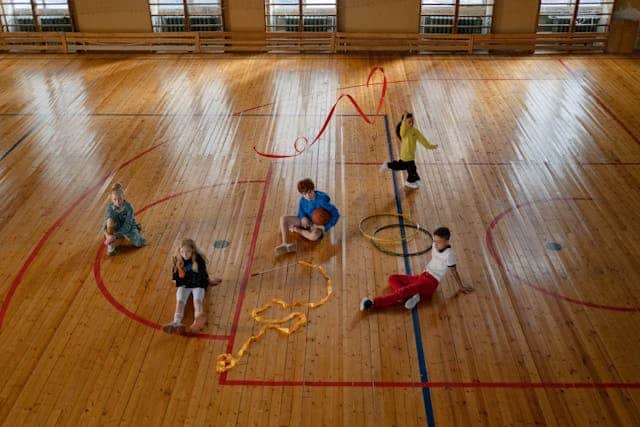
Congratulations to the 2020 SBRN Award Winners!
August 1, 2020
Coping during COVID-19 – keep screen time in check!
August 11, 2020A paper titled “Socio-Demographic Correlates of Total and Domain-Specific Sedentary Behavior in Latin America: A Population-Based Study” was just published in the International Journal of Environmental Research and Public Health. Citations details, a summary of the paper and author information are below. The full-text article is available here (open access).
Ferrari, G. L. de M., Oliveira Werneck, A., Rodrigues da Silva, D., Kovalskys, I., Gómez, G., Rigotti, A., Yadira Cortés Sanabria, L., García, M. C. Y., Pareja, R. G., Herrera-Cuenca, M., Zalcman Zimberg, I., Guajardo, V., Pratt, M., Cofre Bolados, C., Fuentes Kloss, R., Rollo, S., & Fisberg, M. (2020). Socio-Demographic Correlates of Total and Domain-Specific Sedentary Behavior in Latin America: A Population-Based Study. International Journal of Environmental Research and Public Health, 17(15), 5587. https://doi.org/10.3390/ijerph17155587
Abstract
Purpose: The aim of this study was to identify socio-demographic correlates of total and domain-specific sedentary behavior (SB).
Methods: Cross-sectional findings are based on 9218 participants (15–65 years) from the Latin American Study of Nutrition and Health. Data were collected between September 2014 and February 2015. Participants reported time spent in SB across specific domains. Sex, age, ethnicity, socioeconomic (SEL), and education level were used as sociodemographic indicators.
Results: Participants spent a total of 373.3 min/day engaged in total SB. Men, younger adults, other ethnicities, higher SEL and educational level presented higher total SB when compared with women, older adults, white/Caucasian, and low SEL and educational level. Men spent more time on the playing videogames (b: 32.8: 95% CI: 14.6;51.1) and riding in an automobile (40.5: 31.3; 49.8). Computer time, reading, socializing or listening to music was higher in younger participants (<30 years) compared with those ≥50 years in the total sample. Compared to the low SEL and educational level groups, middle (11.7: 5.7; 17.6) and higher (15.1: 5.3; 24.9) SEL groups as well as middle (9.8: 3.6; 15.9) and higher (16.6: 6.5; 26.8) education level groups reported more time spent reading.
Conclusion: Socio-demographic characteristics are associated with SB patterns (total and specific) across Latin American countries.
Authors and affiliations




